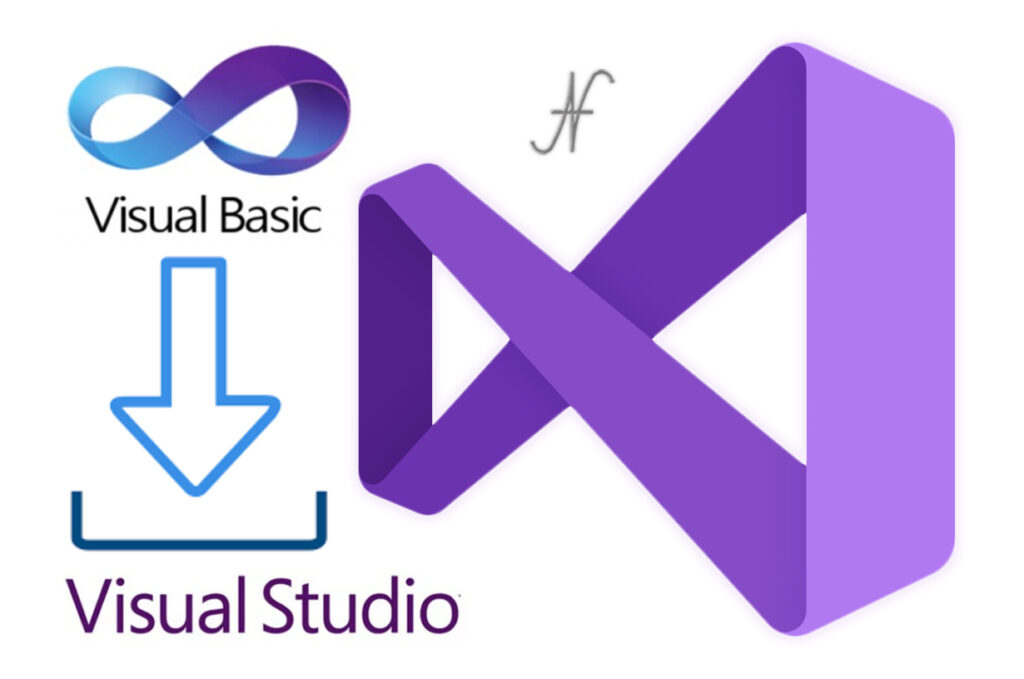
Free eBooks for Beginners
Visual Basic .NET, or VB.NET for short, is a programming language that is used to create a variety of applications, including Windows desktop applications, web applications, and mobile apps. It is a powerful and versatile language that is well-suited for beginners who are new to programming. In this article, we will take a look at the basics of VB.NET syntax, which is the set of rules that dictate how the language is structured.
The first thing to understand about VB.NET syntax is that it is based on the Microsoft .NET Framework. This is a framework that provides a common set of libraries and tools that are used to create a wide variety of applications. VB.NET code is executed on the .NET Framework, which means that you can use the same code to create applications for different platforms, such as Windows, macOS, and Linux.
One of the key features of VB.NET syntax is that it is object-oriented. This means that it is based on the concept of objects, which are self-contained units of code that contain both data and behavior. Objects can interact with each other to accomplish tasks. This is an important concept to understand when learning VB.NET, as it will help you create more organized and efficient code.
Another important aspect of VB.NET syntax is the use of statements. A statement is a single line of code that tells the program to do something. For example, a statement might tell the program to display a message to the user or to perform a calculation. Statements are typically followed by a newline, but they can also be separated by a colon (:).
VB.NET also uses a variety of keywords, which are predefined words that have special meaning in the language. Keywords are used to specify certain actions or behaviors, such as declaring a variable or looping through a set of data. Some common keywords in VB.NET include “Dim,” “For,” “Next,” “If,” and “End.”
In addition to keywords, VB.NET also uses operators, which are special symbols that are used to perform specific operations. For example, the “+” operator is used to add two numbers together, and the “-” operator is used to subtract one number from another. Other common operators include “*” (multiplication), “/” (division), and “=” (assignment).
Finally, VB.NET also uses comments, which are lines of text that are ignored by the compiler. Comments are used to add notes or explanations to the code, and they are typically preceded by a single quote (‘). For example, to add a comment to a line of code, you would type ‘ followed by the comment text.
In conclusion, VB.NET is a powerful and versatile programming language that is well-suited for beginners. Understanding the basics of VB.NET syntax will help you create well-organized and efficient code. The syntax is based on the Microsoft .NET Framework, is object-oriented and uses statements, keywords, operators and comments. With the understanding of the basics, you will be able to create a variety of applications using VB.NET.
Cookbook – VisualBasic.NET for Beginners – Chapter 03 : Introduction to Syntax
 Loading...
Loading...
Disclaimer: The information and code presented within this recipe/tutorial is only for educational and coaching purposes for beginners and developers. Anyone can practice and apply the recipe/tutorial presented here, but the reader is taking full responsibility for his/her actions. The author (content curator) of this recipe (code / program) has made every effort to ensure the accuracy of the information was correct at time of publication. The author (content curator) does not assume and hereby disclaims any liability to any party for any loss, damage, or disruption caused by errors or omissions, whether such errors or omissions result from accident, negligence, or any other cause. The information presented here could also be found in public knowledge domains.
Learn by Coding: v-Tutorials on Applied Machine Learning and Data Science for Beginners